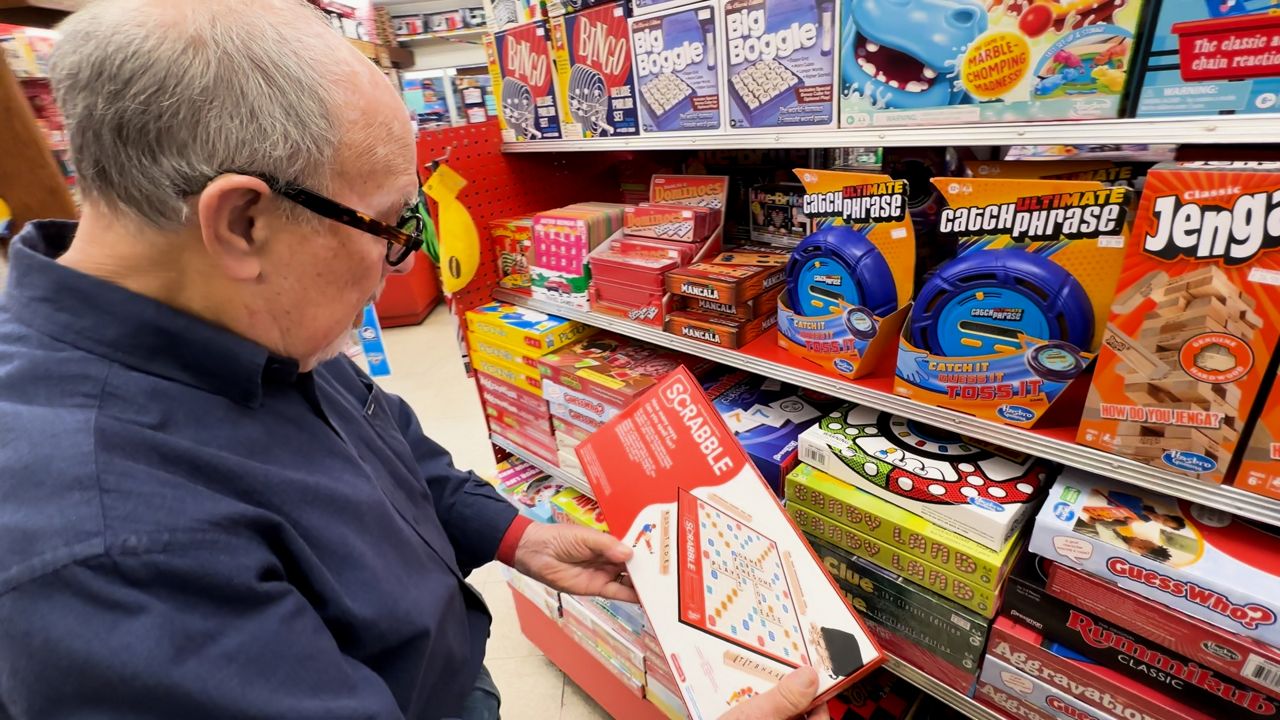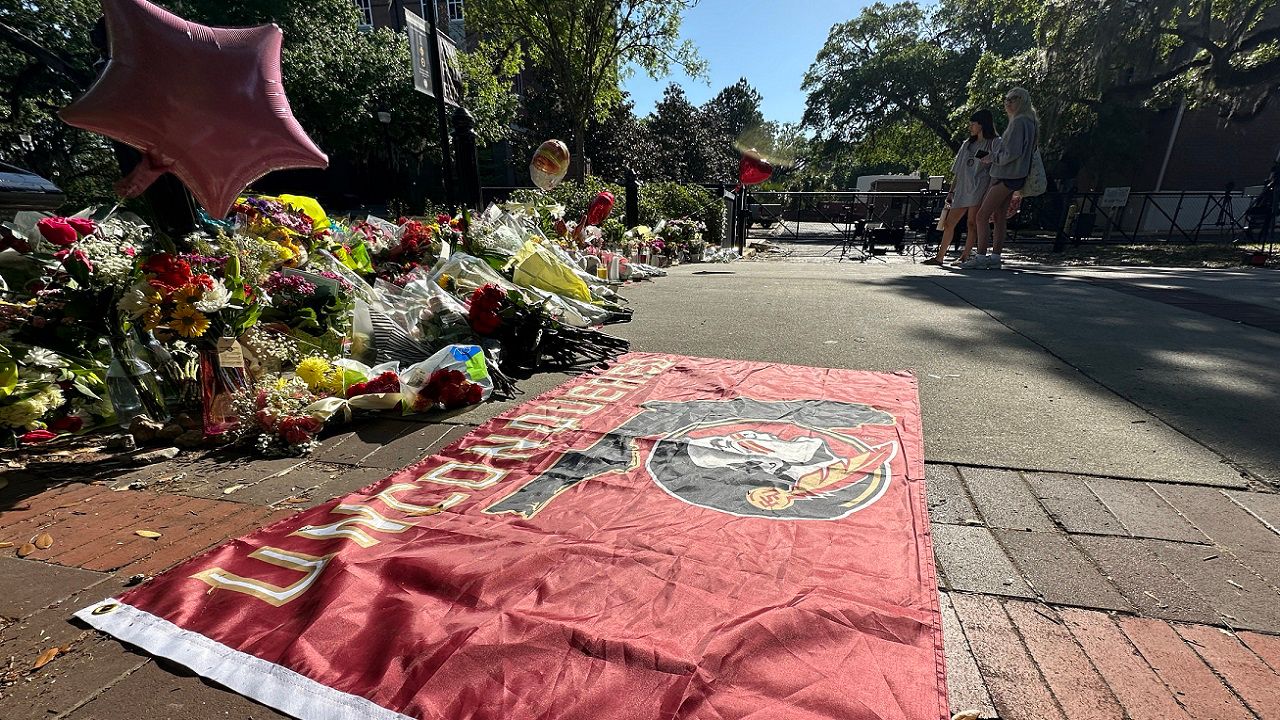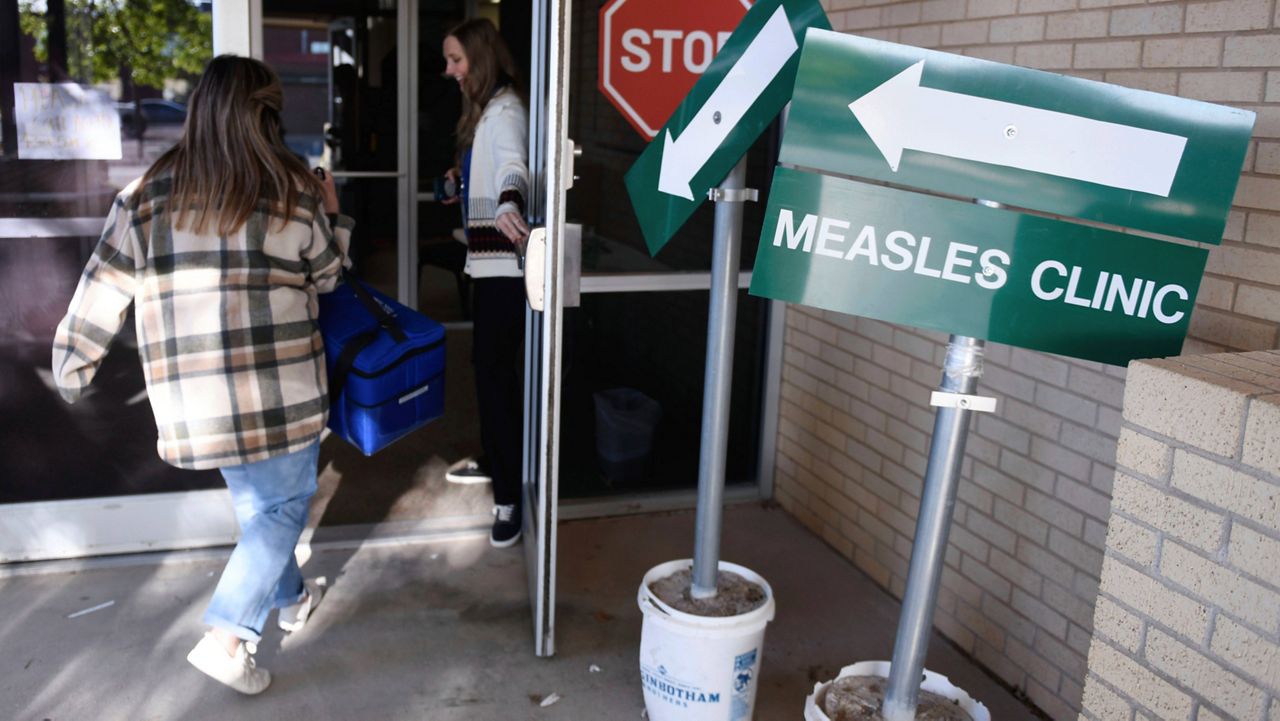LOS ANGELES — Flipping through a photo album, Cheryl Bernstein stumbled across an unexpected photo of her grandmother Hedy Shenk holding Cheryl’s then-infant son Doug — and is completely taken aback.
“She’s smiling,” Cheryl exclaimed. “Oh, my gosh!”
What she’s looking at is a photo of the woman who helped raise her, the woman she calls her “person,” but who was somewhat distant, who all that time had a secret.
Hedy, who had left Czechoslovakia with her husband and daughter before the Nazis occupied the country, had spent her life trying to reclaim the art that had once hung in her family’s opulent home. Her mother Lisbeth had died before the war and her father Johann Bloch died shortly after the Nazis seized his home and looted the extensive art collection. It’s estimated that over the course of WWII, Nazis stole roughly 600,000 artworks from Jewish families and institutions.
Hedy and her family came to Los Angeles as refugees and it wasn’t until after her death in 1997 that her daughter Liz and her granddaughter Cheryl discovered what she’d been doing.
“I didn’t know that my grandmother worked on this for what 50, 60 years,” Cheryl said. “My grandmother didn’t talk about this.”
Nothing was recovered during Hedy’s lifetime, but following her death, Cheryl and her mother resumed the quest. At first, Cheryl says, she did it out of a sense of granddaughter duty, but the more she researched, the more she realized the extent of what Hedy — and her family — had been through.
“It actually sunk in that my mother was a Holocaust survivor and my grandmother were Holocaust survivors,” she recalled. “With every form I filed, with every piece of information I found out, it became more personal. It became a bigger, important piece in my life.”
It took another two decades, but in 2020 the painting appeared on the art market, and after a lengthy restitution process of working with the New York State Department of Financial Services Holocaust Claims Processing Office, Johann Carl Loth’s 17th century painting “Isaac Blessing Jacob” was finally returned to the family. The painting is now on long-term loan to the Skirball Cultural Center and the centerpiece of an exhibit called “Reclaimed: A Family Painting.”
Alissa Schapiro, associate curator at the Skirball and a Holocaust historian, says it’s important for these lost items to be restored to their original families for a number of reasons.
“It brings a sense of wholeness to many survivors and their families, especially those who lost so many loved ones,” she explained. “You obviously can’t get them back. But you can get back some of the things that they loved and objects that were so meaningful to them in their lives.”
And the painting was certainly meaningful. Schapiro says the Blochs had a vibrant cultural and family life and an extensive art collection, but this piece held a place of honor.
“When the family would get together over meals, this is what they saw,” she said, standing in the exhibit which was designed to evoke the same room.
“Reclaimed” is not just about the painting or the other artifacts that survived. The real story is one of family and the most telling piece might be a home movie taken in 1937, featuring Cheryl’s mother Liz as a curly-haired toddler. Two years before the occupation, it shows a close-knit extended family with children riding tricycles.
“Of the individuals in this video, six of them ended up being murdered by the Nazis during the Holocaust, including two young boys,” Schapiro explained. “So it’s one of the final happy moments of this family together.”
That’s the story Cheryl wants people to understand. Looking back now, she realizes her grandmother likely had PTSD, and that affected her mother, which in turn affected her. War, she says, creates scars for generations, and that’s as relevant today as it was 80 years ago.
“With what’s happening in Gaza, what’s happening in Ukraine, anytime there’s a war, families get torn apart,” Cheryl explained. “You don’t come back whole. You come back different.”
“Isaac Blessing Jacob” isn’t their only success. In February, Cheryl travelled to Prague for the restitution of two smaller paintings that had been stored in the National Gallery there. Were her grandmother alive to see the art, to see she exhibit, Cheryl knows she’d be pleased.
“I think she would have a tremendous amount of satisfaction,” she said. “I think she would be thinking like, ‘We won. We won a little bit back.’”
Cheryl is so grateful for the Skirball for not meticulously cleaning and restoring the 17th-century painting and creating such a thorough exhibit around it. And while plenty of people have asked her what the painting is worth, Cheryl says it was never about that.
“You don’t spend 82 years because you’re getting something back of worth,” she explained. “You’re getting a piece of your history back, like a piece of your soul back.”
And that, of course, is invaluable.











